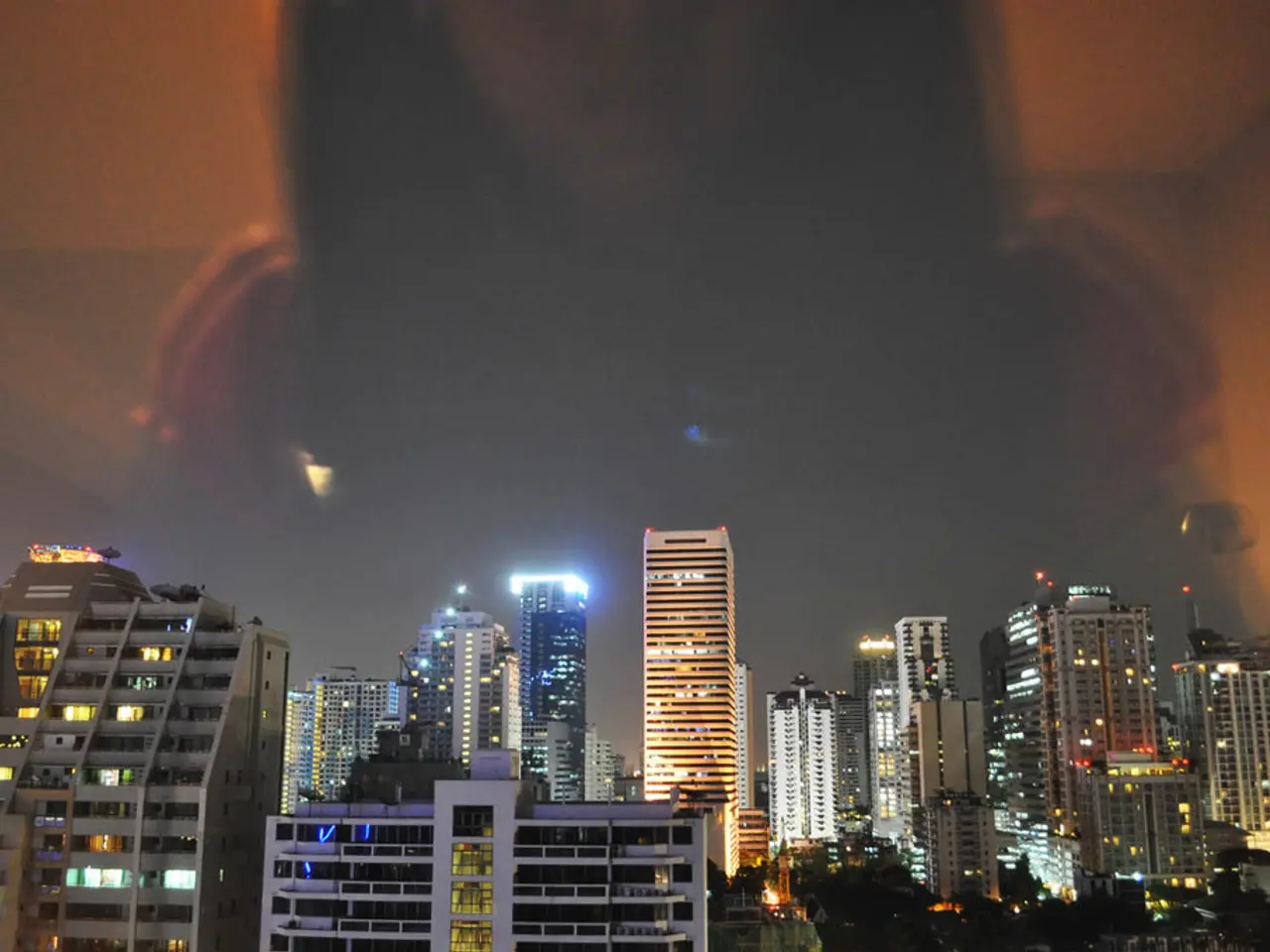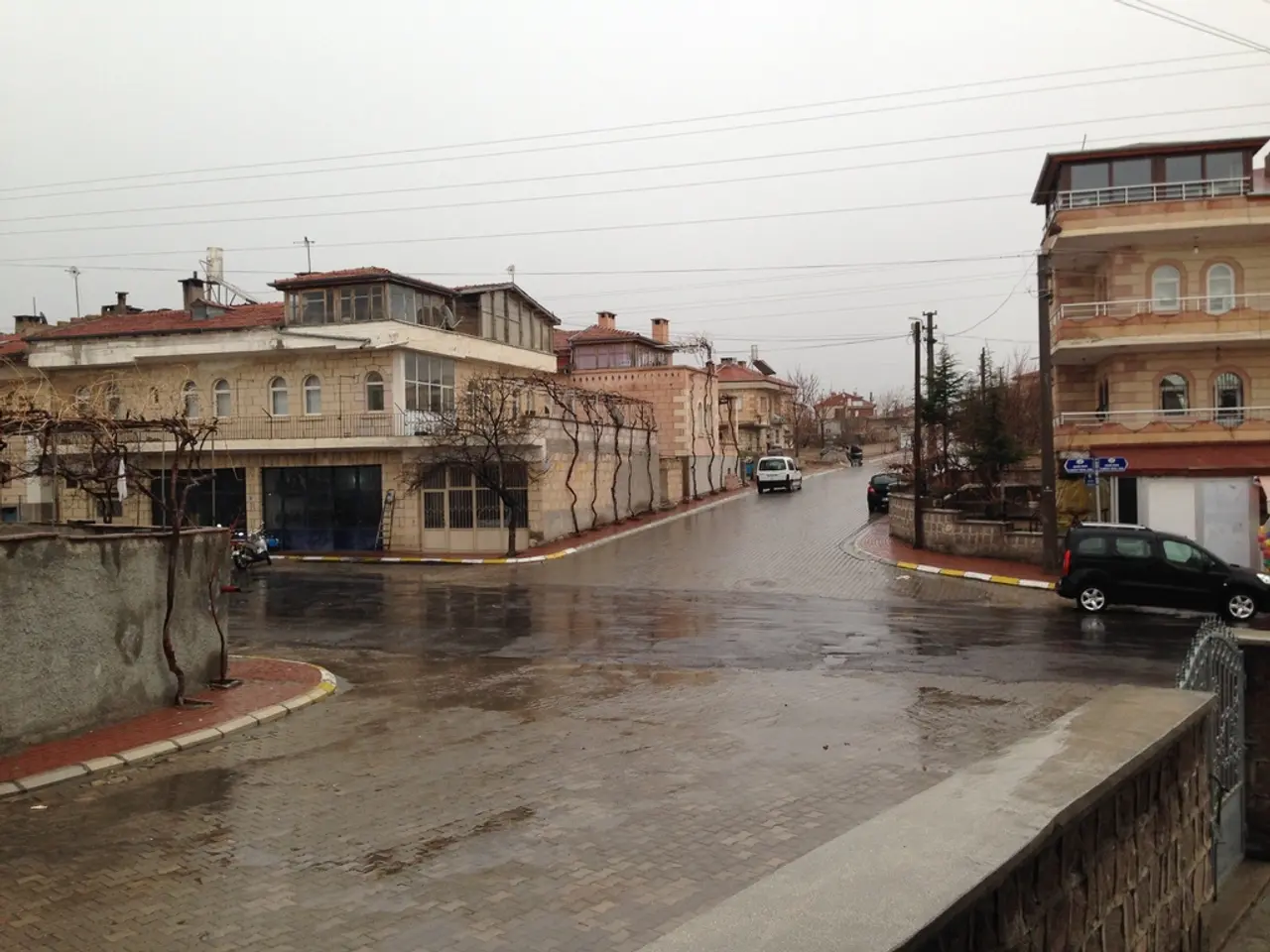Renewable energy sources were not to blame for the power outage: Their reliable operation persists
The unexpected blackout that struck Spain and Portugal in April 2025 has sparked a wave of criticism against climate policies and renewable energies, with some politicians, including Nigel Farage, using the incident as an opportunity to discredit the energy transition. However, a closer examination of the events reveals that the blackout did not discredit the energy transition but rather emphasised the need for improvements in the system.
The blackout was the result of a complex chain reaction that began with failures of substations in southern Spain. The immediate cause was a surge in voltage that the grid could not absorb, triggered by sudden fluctuations in renewable energy generation, particularly solar and wind power losses. This created oscillations and low-voltage conditions, overwhelming the grid's ability to react and stabilize.
Another critical factor was the insufficient conventional backup. Grid operators, specifically Red Eléctrica de España (REE), had not kept enough thermal (conventional) power plants online to manage voltage control and balance sudden fluctuations. REE had planned to start more thermal plants only during early hours, not during the daytime when the blackout occurred. This gap in backup availability was critical in the cascading failure.
The blackout also exposed technical shortcomings and structural issues in managing rapid changes in power flow. Misconfigurations such as incorrectly set transformer tap settings contributed to the problem. These technical shortcomings, coupled with the structural issues, exposed the grid to cascading failures.
Authorities cited "poor planning" by grid operators as a major contributing factor. The event revealed shortcomings in operational protocols and contingency planning. The incident underscored the importance of robust grid design, operational flexibility, and comprehensive risk management to ensure a reliable energy transition without large-scale outages.
Although initial suspicions included cyberattack possibilities, investigations ruled them out, instead highlighting vulnerabilities and misconfigurations that could pose future risks. This calls for stronger cybersecurity and resilience measures as the grid becomes more complex.
To address these challenges, several recommendations and improvements have been proposed. These include better real-time grid monitoring and control systems, maintaining sufficient flexible backup power resources, improved coordination and planning among grid operators, upgrading grid infrastructure and protective devices, and enhancing cybersecurity protocols.
In essence, the Spain-Portugal blackout of 2025 illustrates the complex technical, structural, and managerial challenges faced during the transition from conventional to renewable-heavy power systems. The incident underscores the importance of robust grid design, operational flexibility, and comprehensive risk management to ensure a reliable energy transition without large-scale outages. The energy transition, as demonstrated by the blackout incident, requires improvements, not setbacks.
- The blackout was a result of complex issues in the energy transition, with failures of substations in southern Spain triggered by sudden fluctuations in renewable energy sources like solar and wind power, causing voltage surges that overwhelmed the grid's ability to react.
- Financing and planning were also critical factors in the blackout, as grid operators, specifically Red Eléctrica de España (REE), had insufficient conventional backup to manage sudden fluctuations, and operational protocols and contingency planning had shortcomings.
- In light of the Spain-Portugal blackout of 2025, it is evident that the energy transition requires improvements, not setbacks, and necessitates robust grid design, operational flexibility, comprehensive risk management, better real-time monitoring systems, sufficient flexible backup power resources, improved coordination among grid operators, upgrading grid infrastructure and protective devices, and enhancing cybersecurity protocols to ensure a reliable energy transition without large-scale outages.




